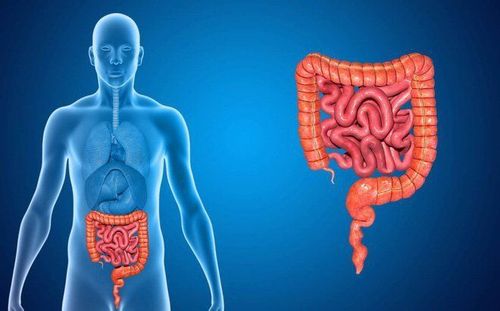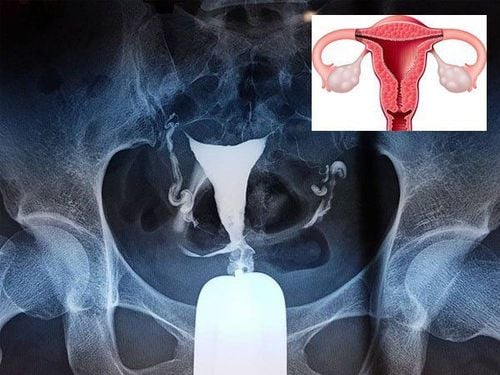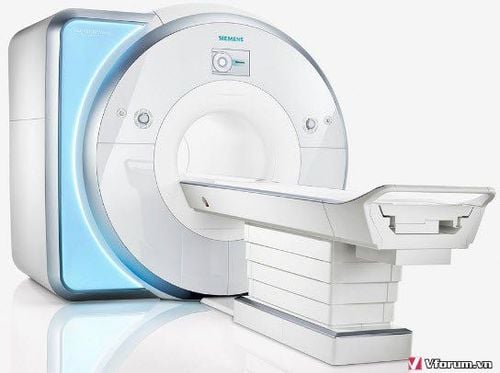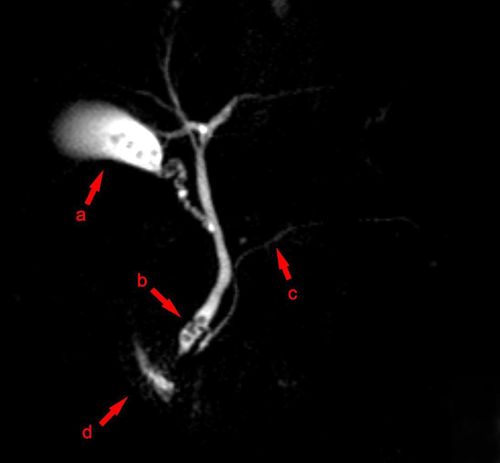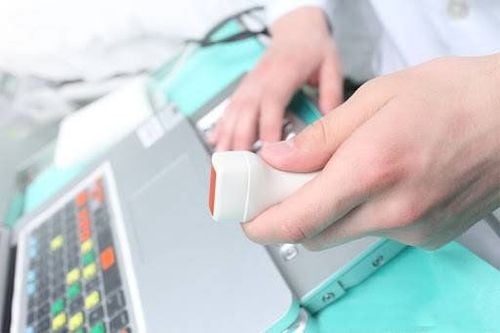This is an automatically translated article.
Article made by Master, Doctor Ton Nu Tra My - Diagnostic Imaging Department - Vinmec Central Park International General Hospital
Breast magnetic resonance is an imaging technique that uses a magnetic field, radio waves, and a computer to create detailed images of the breast. This is a technique to help screen, diagnose and monitor the treatment of breast diseases.
1. The role of mammography
Magnetic resonance imaging of the breast does not use ionizing radiation and is non-invasive. Before having an MRI, tell your doctor about any existing medical problems: history of surgery, allergies, and the possibility that you are pregnant. Magnetic fields are not harmful to the body, however it can damage some medical devices placed in the patient's body, especially those containing metal. Therefore, the patient should notify the technician or doctor if any metal devices or materials are present in the body.
The doctor can discuss with the patient whether to eat or drink before the MRI, depending on the case, the doctor will give specific instructions. If your doctor has not told you anything about these problems, even if you are taking the medicine, you can continue to take the medicine as usual. Jewelry should be avoided when performing magnetic resonance imaging. Before the scan, the patient will change and put on hospital clothes. In case the patient is afraid of the closed space or is nervous, they need to talk to the doctor so that they can take a sedative before the scan.
Mammography will help:
Screening for breast cancer (Part I) in high-risk women. Evaluation of breast cancer spread before treatment. More detailed evaluation of unrecognized abnormalities on mammography and/or ultrasound of the breast. Follow-up after breast tumor surgery. Evaluation of response after chemotherapy/radiotherapy for breast tumors. It is the best imaging tool in the evaluation of breast implant rupture complications.
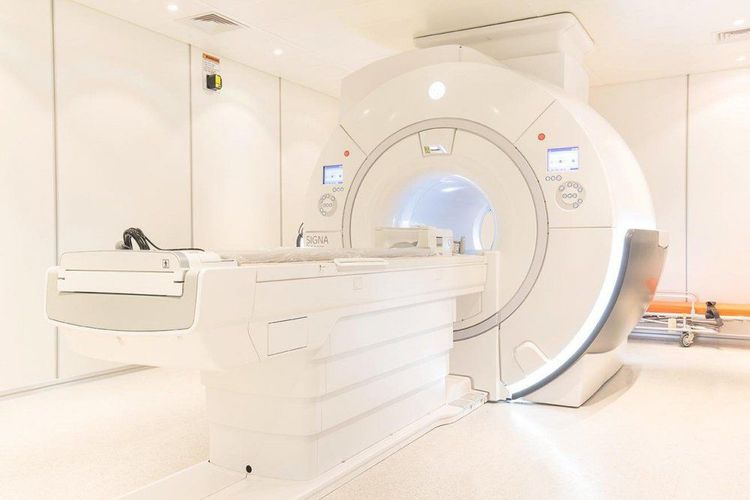
Chụp cộng hưởng từ tuyến vú
2. When to have a mammogram?
Magnetic resonance mammography is not a substitute for mammography and breast ultrasound, but it is an additional means of providing important diagnostic information in the following cases:
2.1 Screening for breast cancer in subgroups high-risk women In the group of women at high risk of breast cancer, especially related to family history, magnetic resonance imaging is the method of choice. Family history of having an older sister, mother, aunt, or uncle with breast cancer before the age of 50. Having a close relative with ovarian cancer also increases the risk of breast cancer. The radiologist or primary clinician may ask about family history to decide whether a patient should have a mammogram. Depending on family history, genetic counseling may be recommended.
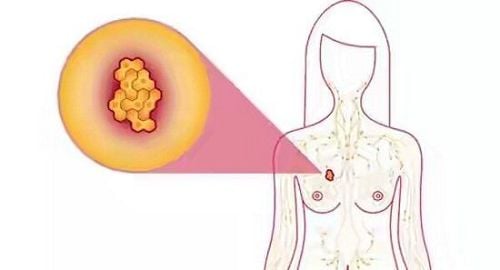
Chụp cộng hưởng từ tuyến vú giúp chẩn đoán chính xác ung thư vú
2.2 Assess the extent of spread of breast cancer before treatment After breast cancer diagnosis, breast magnetic resonance imaging to determine:
The extent of spread and invasion of the cancer. Look for other cancers in the same breast or in the opposite breast. Look for abnormal lymph nodes in axillary, mediastinum, supraclavicular. 2.3 Evaluation of abnormalities that are difficult to identify on mammograms Sometimes, some breast abnormalities cannot be fully assessed by mammography and breast ultrasound, or there are conflicting results between mammograms and breast ultrasound, resonance word chosen in this case.
2.4 Follow-up assessment after breast tumor surgery Helps differentiate scarring from recurrent cancer.
2.5 After chemotherapy in patients with neo-adjuvant chemotherapy In some cases, breast cancer is treated with chemotherapy before surgery. This treatment is called neoadjuvant chemotherapy. At that time, breast magnetic resonance is often used to assess response to chemotherapy and reassess tumor size before surgery.
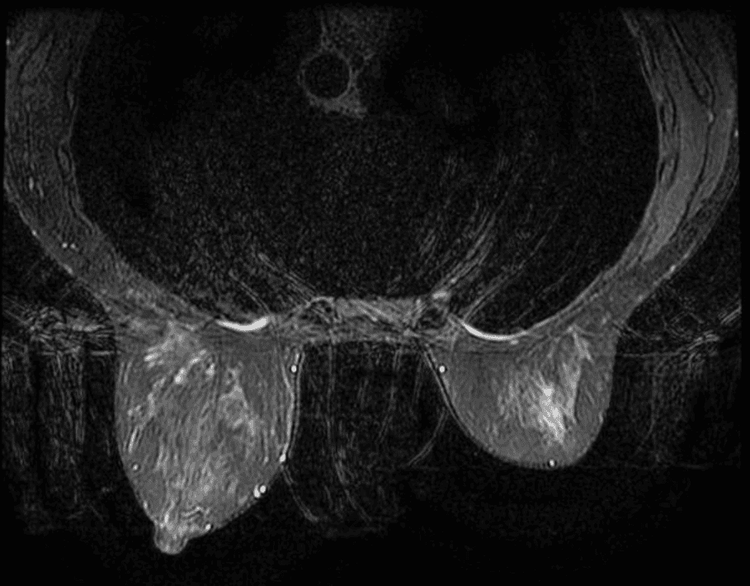
Hình ảnh kết quả chụp cộng hưởng từ tuyến vú
2.6 Breast implant assessment Breast resonance is the best means of determining whether a breast implant has ruptured.
Breast disease screening helps patients detect breast cancer early, so that appropriate treatment measures can be taken to minimize the development of the disease as well as reduce the treatment time. and medical costs.
Currently Vinmec International General Hospital is implementing a breast cancer screening package, customers who have needs can directly go to Vinmec Health System nationwide or book an appointment online HERE.
Reference source: Radiologyinfo.org; Mayoclinic.org; uptodate.com
MORE:
Why do you need a breast MRI? Things to know about MRI scans to detect breast diseases Magnetic resonance imaging (MRI): When is anesthesia needed?





